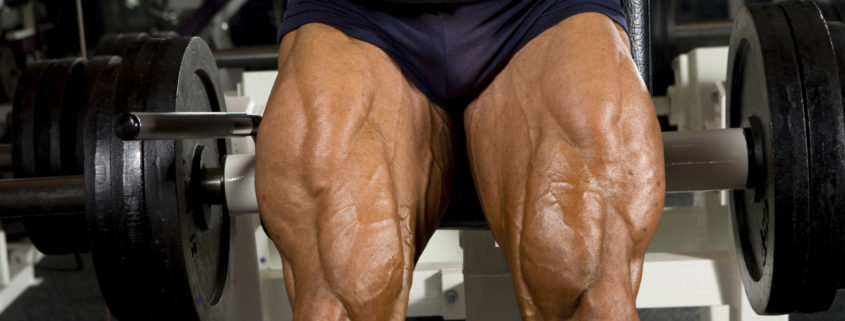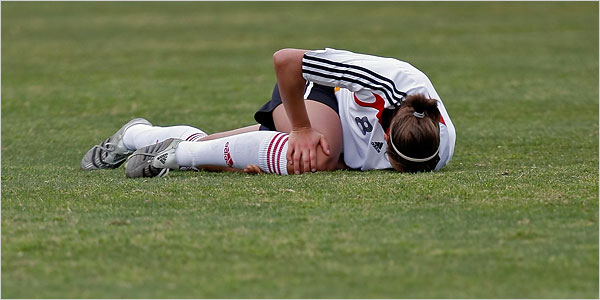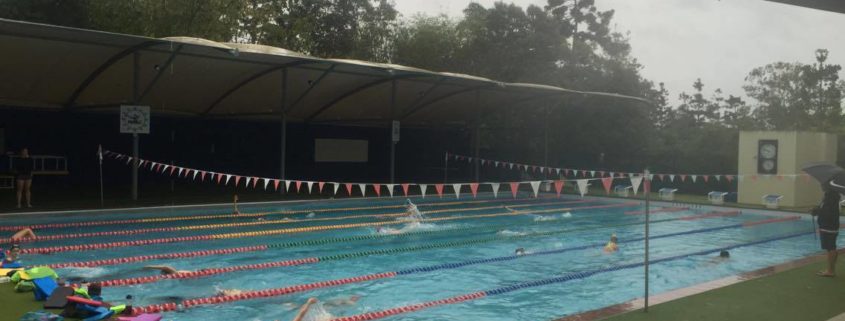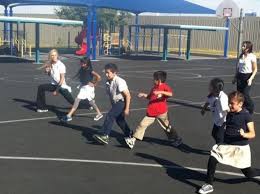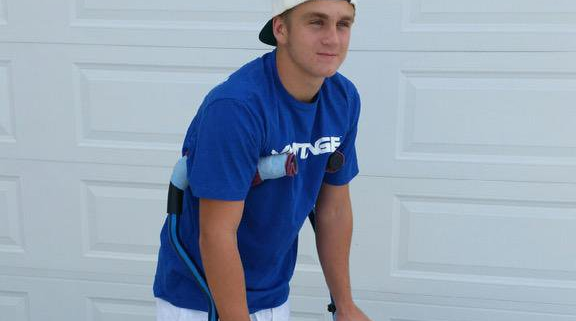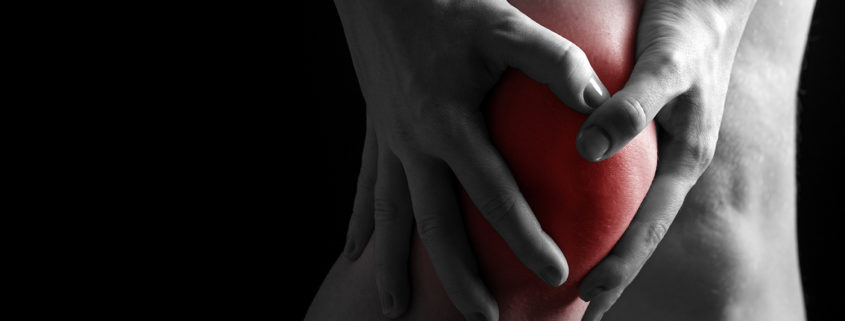Imagine this. You are turning up to training 45 minutes earlier than the previous generation did. You are doing ‘dryland’ – alleged performance enhancing and injury reducing physical training. And it is degrading your body shape, increasing the severity and frequency of your injuries, and putting you out of sport, play and movement earlier than if you didn’t do it. And the performance enhancing impacts are unclear at best.
Would you sign up for this?
I would expect not. Then why are you signing your kid up for this?
I know, you don’t know any better. You trust your sports coaches, your school. You don’t know me. What I am saying it a ‘bit left field’. You don’t like what I say etc. etc.
Ignore me at your child’s peril……
I watched 10-14 year olds perform 45 minutes of dry land training before their multi-week swimming training session.
What physical risks does swimming present? Rounded and injuries shoulders, arched and sore backs. Both resulting in performance reduction.
So what will this 45 minute dry land session do to them?
I outline my thoughts below – not holding back, but at the same time not sensationalizing the matter. This is serious, and your kids are in the cross hairs.
I write this for parents of young athletes, or athletes of any age who seek to improve their understanding of optimal athlete performance programs.
I rely on concepts and analytical techniques I published from 1998 onwards in publications such as ‘How to Write Strength Training Programs’ (1998, book), ‘How to Teach Strength Training Programs’ (2000, book) – both of which are available to anyone; and DVD programs such as ‘Strength Specialization Series’ (1998, DVD) and ‘Injury Prevention & Rehabilitation Series’ (2000, DVD) – which are only available to coaches in our coach education program.
If I reduce one injury in one athlete, prevent one athlete from having surgery, extend the career of one athlete, give better quality of later life to one former athlete – my efforts are worthwhile.
Yes part of all of this message will upset, anger, offend etc. some coach or coaches somewhere – but your child is worth more than the feelings of a coach or coaches that should have made a greater effort to be better.
So let’s dive deeper into the dry land program we are using in this real world case study.
STRENGTH VS FLEXIBILITY
Let’s start with simple breakdown of time. It was 40 minutes of strength exercises, followed by 5 minutes of stretching.
If your aim was to accelerate the shortening that swimming causes to the muscle, you would be advised to do just this. 40 minutes of tissue tensioning and shortening work, and 5 minutes of tissue lengthening.
If your goal was to reduce injury and enhance performance and length their careers – you would reverse this. 40 minutes of stretching, and 5 minutes of strengthening.
Now lets talk about sequence. Strength first, flex second. If you flex first apparently, according to rumor and sketchy science, it will make you weak. So the current trend in a world that refuses to think for itself is to do it last.
Now in the real world, if you had the courage to defy conformity, and did stretching first, you would find the stretching open up your joints, free the nerves to fire, reduce the joint wear and tear. The only way to do it! But that’s just my opinion, based on near 40 years of coaching and the experience of training more athletes in one lifetime than you could imagine.
However unless you control the program, don’t hold your breath waiting for this change. Your child will be having shoulder surgery before that happens, as the dominant world trends – the reason why humans do anything including their sports training – are going the other way at them moment. Stretching is bad. Just about the only time you are going to hear your child needs to stretch is after the injury has occurred, from your physical therapist. A little too late….
UPPER BODY VS LOWER BODY VS TRUNK (Core)
If you divide the body simplistically into three sections – upper body, lower body and middle of the body (core) where should the dry land focus go?
Based on how I saw the exercises being conducted, and taking into account my interpretation of the prime mover, I observed that…
…about 12.5% of the exercises go to trunk (abdominal or core as some like to say), and these were done as the last few exercises. The trunk/core/abdominal was given by far the least focus.
….about 25% of the exercises go to upper body and these were for the most part down in the latter half of the strength session.
….about 50% of the exercises go to lower body, and these were done for the mo part in the first half of the strength session. So the lower body was given the most priority.
Now I don’t expect to dwell on the discussion of relative importance of each of these three sections of the body to swimming performance – that would take a bit more time and space, and we can get into that another time.
However I will speak without hesitation to injury prevention (or in this case, as in most cases injury creation). I suggest the neglect of the middle of the body completely unacceptable.
ABDOMINAL BALANCE
Based on the ‘Lines of Movement’ concept I first published in 1998 and now universally adopted (although rarely referenced) I identify four (4) basic lines of movement in the abdominals that generally speaking provide balance in training along with two additional, more advanced ones.
Now there were more exercises in the w0rkout that included abdominal involvement (e.g. med ball throw downs), however when they are not the primary focus, they are listed as abdominal exercises. And when they involve other muscles such as ‘planks’, they get categorized as integrated.
Essentially not only is the abdominal program under prioritizing this muscle group, what is done potentially lacks balance.
|
Opportunities I found |
Reality of this program |
| BASIC |
|
|
| 1. Hip flexion |
Ö
|
|
| 2. Trunk flexion |
Ö
|
Ö
|
| 3. Rotation |
Ö
|
|
| 4. Lateral Flexion |
Ö
|
|
| ADVANCED |
|
|
| 5. Co-contraction glut/ab |
Ö
|
|
| 6. Integrated |
Ö
|
Ö
|
UPPER BODY BALANCE
Based again on my ‘Lines of Movement’ concept I divided the eight (8) upper body exercises into the following lines.
Horizontal pull – 4.5
Vertical Pull – 2.5
Horizonal Pull – 1
Vertical push – 0
The part numbers came from giving a movement that shared dominance in lines of movement 0.5 points to each of the two dominant lines of movement/muscle groups.
This translates into the following table.
Percentage of lines of movement based on number of exercsies.
|
My recommended exercise distribution of using 8 exercises |
Reality of this program |
|
|
|
| Horizontal pull |
50 %
|
15%
|
| Vertical push |
25 %
|
0%
|
| Vertical pull |
12.5%
|
30%
|
| Horizontal push |
12.5%
|
55%
|
What is the main form of upper body imbalance from most swimming strokes? Rounded and drooped shoulders. What causes this? The reliance of the majority of swimming strokes on the chest (horizontal push) and lats (vertical pull) to pull the body through the water.
What does this program do? Makes the imbalances even worse, faster. You can expect a hastened decline in posture, more injuries, more severe injuries, more surgery and a shorter career, followed by a life time of rounded shoulder…
But it doesn’t have to be this way….
And this is without getting into a discussion of relative sequence of exercises, and relative loading potential of exercises selected, the results of which would only painter a gloomier picture.
LOWER BODY BALANCE
The potentially least important muscle group (yes, it is important, and it will be dependent on stroke, style, individual swimmer) that got the most attention in this dry land training program example has it’s own imbalances.
There were a total of thirteen (13) lower body exercises, however leg swings were three of them and I have taken them out of the equation for the moment.
Based again on my ‘Lines of Movement’ concept I divided the remaining ten (10) lower body exercises into the following lines.
Hip dominant – 2
Quad dominate – 8
This translates into the following table.
Percentage of lines of movement based on number of exercises.
|
My generalized recommended exercise distribution using 10 exercises |
Reality of this program |
| Hip dominant |
60 % (6)
|
20 % (2)
|
| Quad dominant |
40 % (4)
|
80 % (8)
|
What is the main form of lower body imbalance from most swimming strokes? The muscle imbalances of the lower body in a swimmer are less than the upper body challenges they face. However sore lower backs are, in my professional opinion, caused by over-used quad muscles pulling on the hips and causing the nerves of the spine to be pinched.
Now swimming in itself does not cause a large number of lower back injuries compared to upper body injury potential. However, if you were to do this kind of dry land program chronically, you would quickly find yourself facing a higher incidence of back pain and lower extremity soft tissue aggravations than you would from normal swimming alone.
Quad dominance caused physical ailments are common in many land based running sports. Now swimming is neither land based or impact, so why would you want to reproduce a potential side effect in a sport that otherwise sees relatively little of it?
And this is without getting into a discussion of relative sequence of exercises, and relative loading potential of exercises selected, the results of which would only painter a gloomier picture.
For example I teach that prioritization of the training effect is caused by three main factors – which exercise/s are done most (relative volume), which exercise are done first or in what order (sequence), and what are the relative loading potential of each exercises (if an exercise can do load, it has the potential to create greater change in the muscle. If not matched by the opposite muscle group exercise, imbalances can result).
Take relative loading potential. All the quad dominant exercises involve the squat or squat variations – the load potential and real load lifted (even if only bodyweight) is far in excess of the load potential of the two hip dominant exercises – which only involved part of the bodyweight, and by nature of the less number of joints involved, could never match the load potential of the squat exercise.
In other words if I painted the full picture, it would get even uglier….
But it doesn’t have to be this way….
SUMMARY
Sport has the potential to create many positive outcomes. What is often overlooked is the potential for sport to also create shape in the body for better or worse, long term. Mostly for the worse. The longer you play, the higher level you play, the greater the chance you take the physical downsides into the rest of your life. It doesn’t take too long or too many training sessions to commence the shaping.
We accept that about sports. It comes with it’s good and bad. However what if what we are doing in our ‘dry land’ or ‘physical preparation’ was making the physical downside worse?
In the 1990s I suggested that most physical training in sport was doing more damage than good.
In fact I believe that most injuries are actually caused by the way athletes train. The only injury acceptable is an unavoidable impact injury. Virtually all soft tissue injuries are avoidable. But imagine that – training, during which focus is geared towards performance enhancement, may induce most injuries. Isn’t this ridiculous! [1]
In fact from my experiences and observation, the greatest effect that I have seen from most physical preparation is to detract from these five factors, not enhance it. Imagine that – training and being worse off for it. Well how do you think the athlete would feel if he/she found out! Yeah, they’re real fit – to sit in the stands in their team uniform and watch![2]
If it was introduced at about 20 years of age, and most athletes retire from competitive sport in their late twenties, the physical damage and the aging factor combined and were hidden.
But what if the training methods now, some two decades later, are just as damaging to the body as they were in the 1990s? What if they were done to kids? The kid would potentially be damaged to the point where a decade later, n their teams, they were too damaged physically to continue to play, or to continue to improve.
And in my observation, that is exactly what is happening.
When assessing the injury potential of your decisions in training today, one must look forward many years. Because few physical preparation coaches train individuals for many years continuously, they do not have the opportunity to understand the long-term implications of the training program they are implementing with the individual athlete. As a result, from my observations, most physical preparation programs do more harm than good. They may give short term results or confidence to the athlete, but result in significant performance restrictions and or injuries long term.
The more an athlete participates in physical preparation, including the younger they start in physical preparation, the greater the incidence and severity of injury. Unfortunately these injuries are being blamed away by many involved in sport as being a function of the increased demands and impact forces in ‘modern day’ sport. This to me is little more than an excuse, an exercise in putting one’s head in the proverbial sand. Quite simply, the majority of training programs are flawed from a physical preparation perspective and are causing the increased injuries. [3]
In my opinion, I repeat my comment of 20 years ago – most training does more harm than good. The only thing that has changed is now we are doing the damage to younger and younger athletes.
The below summarizes in table format how far apart my approach to what is being done by the majority.
A comparison of my generalized recommendations vs. the observed training session.
|
My recommendations |
Reality of this program |
| Sequence of dry land |
Flex then strength |
Strength then flex |
| Time allocation |
Flex–30m/Strength–15m |
Strength–40m/Flex–5m |
| Prioritisation of body part |
Middle-upper-lower |
Lower-upper-middle |
| Number of abdominal lines of movement |
4-6
|
2
|
| Prioritization of upper body lines of movement |
1. Horizontal pull
2. Vertical push
3. Vertical pull
4. Horizontal push |
1. Horizontal push
2. Vertical pull
3. Horizontal pull
4. Vertical push |
| Prioritization of upper body lines of movement |
1. Hip dominant
2. Quad dominant |
1. Quad dominant
2. Hip dominant |
In summary, what I observed being done these young athletes and what I believe should be done is almost diametrically opposed. It would be difficult to reach more opposite conclusions. Interpretation aside, one of us is really off-track.
Question I have include – who writes these programs? What is their experience? Will they ever be held accountable for the long term impacts? Why are we doing this to our children? Will you keep throwing your child into the ‘lion’s den’?
I was of the understanding we were to care and nurture our children, not accelerate and amplify the damage of sport….
[1] King, I., 1997, Winning & Losing, Ch 5, p. 25
[2] King, I., 1999, So you want to become a physical preparation coach, p. 30-31
[3] King, I., 2005, The way of the physical preparation coach, p. 66-67


